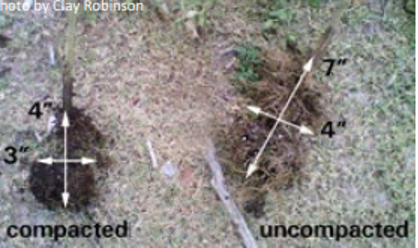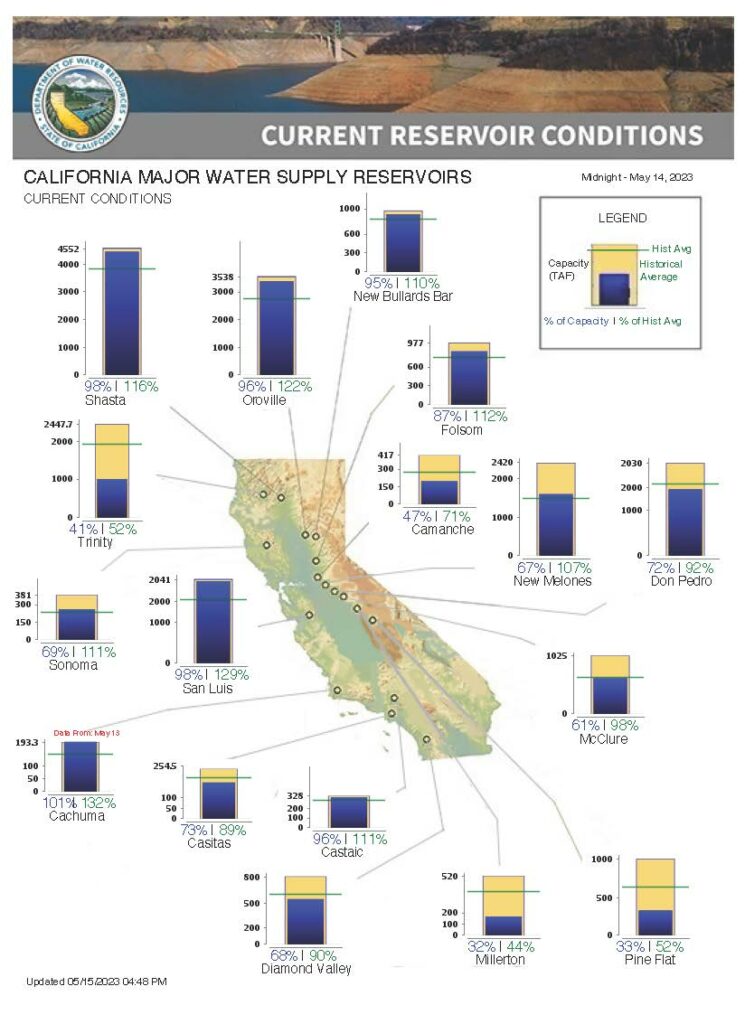California Navigates Unpredictable Weather Patterns
California’s tomato growers and processors are once again navigating the unpredictable weather patterns of the state. Despite the much-needed rainfall this year, which filled reservoirs (Exhibit A) and provided water allocations at 100%, the industry is facing several challenges. Late rains, gusty winds, and above-average temperatures in the spring have resulted in a delayed and erratic planting season, leading to later-than-normal factory starting dates and reduced early-season volumes. Moreover, the harvest window will extend further into October than usual, potentially lowering the average tons per acre for the 2023 season.
While the rain has brought its share of difficulties, there have also been positive outcomes. The ample water supply has leached salts that have accumulated in the soil over the years, providing a healthier environment for plant growth. This is especially beneficial in areas where well water with higher than desirable salt levels is used. Additionally, the heavy rainfall has created thick vegetation in the foothills that limits the ideal conditions for the development of Beet Leafhopper populations, which carry the Curly Top Virus. This has provided a respite to growers who faced severe damage from the virus in previous years.
Despite the growers’ eagerness to catch up with schedules, planting on overly wet soil can lead to soil compaction, which, in turn, can cause plant roots to exert more force than growing in well-tilled soil. This can reduce access to soil water and nutrients, causing plants in compacted soil to be more susceptible to stress from drought, heat, or heavy fruit load. (Exhibit B)

Exhibit B
Furthermore, growers must carefully manage nitrogen levels during a wet spring. Soil nitrate tests can be used to create a nitrogen budget and make up for the nitrogen that may have been leached to achieve proper levels required to support desired crop yield. Leaf analysis during the season can also be used to check and adjust nitrogen rates.
Despite the challenges presented by the weather, Morning Star field and services staff have worked closely and collaborated with growers to provide the best possible solutions. Morning Star’s wide geographical diversity of planting areas throughout the state creates more opportunities to assist growers during these challenging times and still achieve desired processing tons.
###

Morning Star Newsletter now distributed electronically
As a reminder, Morning Star is now distributing our newsletters electronically using an email distribution vendor called Mailchimp. Your e-version will now include informative Morning Star videos and highlights. Depending on your company’s firewall, these emails may initially be directed to you spam folder.


